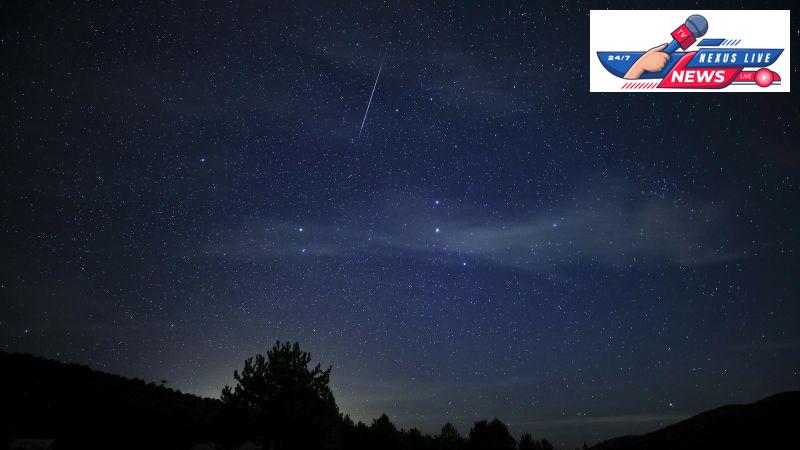Every year, sky-watchers get excited about the stunning meteor showers that grace our night skies. One of the most anticipated events is just around the corner! The Quadrantid meteor shower, known as one of the strongest of the year, peaks this coming January 3, 2025. This celestial show is definitely something to admire, but it only lasts for a short time, so fans of stars and falling meteors should be ready!
What Makes the Quadrantid Meteor Shower Special?
The Quadrantids are not just any meteor shower; they are famous for their bright fireballs. Observers can expect to see a dazzling display of meteors, especially if they are in the right spot. This year, the Quadrantids shower will reach its peak around 10 a.m. to 1 p.m. ET, where you might catch a glimpse of the action before dawn. Although the peak happens during the day, some meteors might still be visible in the early morning hours.
Optimal Viewing Conditions
If you’re eager to catch this spectacular event, the best viewing locations will be in Alaska, Hawaii, and parts of Eastern Asia. But don’t worry; folks on the East Coast can still enjoy a show, possibly seeing up to 25 meteors per hour. Meanwhile, those on the West Coast might be lucky enough to witness about 50 meteors per hour, especially in Western Alaska, where over 100 meteors are expected under perfect conditions.
When and How to Watch
Thematic surprises await watchers of the sky! Remember that the Quadrantids will be performing their dance across the sky primarily before dawn. While the peak may officially occur during the daylight, viewers in the Pacific region will have a better chance to catch the brighter meteors before the sun fully rises. A helpful tip is to face northeast and watch for meteors radiating from a point between the Big Dipper and the star Arcturus.
The Origins of the Quadrantids
This meteor shower comes from an interesting source. Unlike many other meteor showers that originate from comets, the Quadrantids are linked to an asteroid known as 2003 EH1, which may even be a ‘dead comet.’ The shower is named after a now-obsolete constellation called Quadrans Muralis. It’s fascinating to think about how something from outer space can have such a delightful impact on our sky!
What to Expect and More Meteor Showers
During their peak, the Quadrantids can deliver up to 120 meteors per hour in perfect conditions, so avid stargazers should keep their eyes peeled. But while you’re excited about this shower, you can look forward to another major meteor shower, the Lyrids, which will grace the skies in April 2025. With two exciting astronomical events lined up, it’s a thrilling time for space enthusiasts!
| Event | Date | Peak Meteors per Hour |
|---|---|---|
| Quadrantids | January 3, 2025 | Up to 120 |
| Lyrids | April 21-22, 2025 | About 18 |
In conclusion, make sure to mark your calendars because this is a rare chance to witness shooting stars lighting up the January sky! Grab a blanket, find a cozy spot with minimal light pollution, and get ready for an experience that will surely be out of this world!



